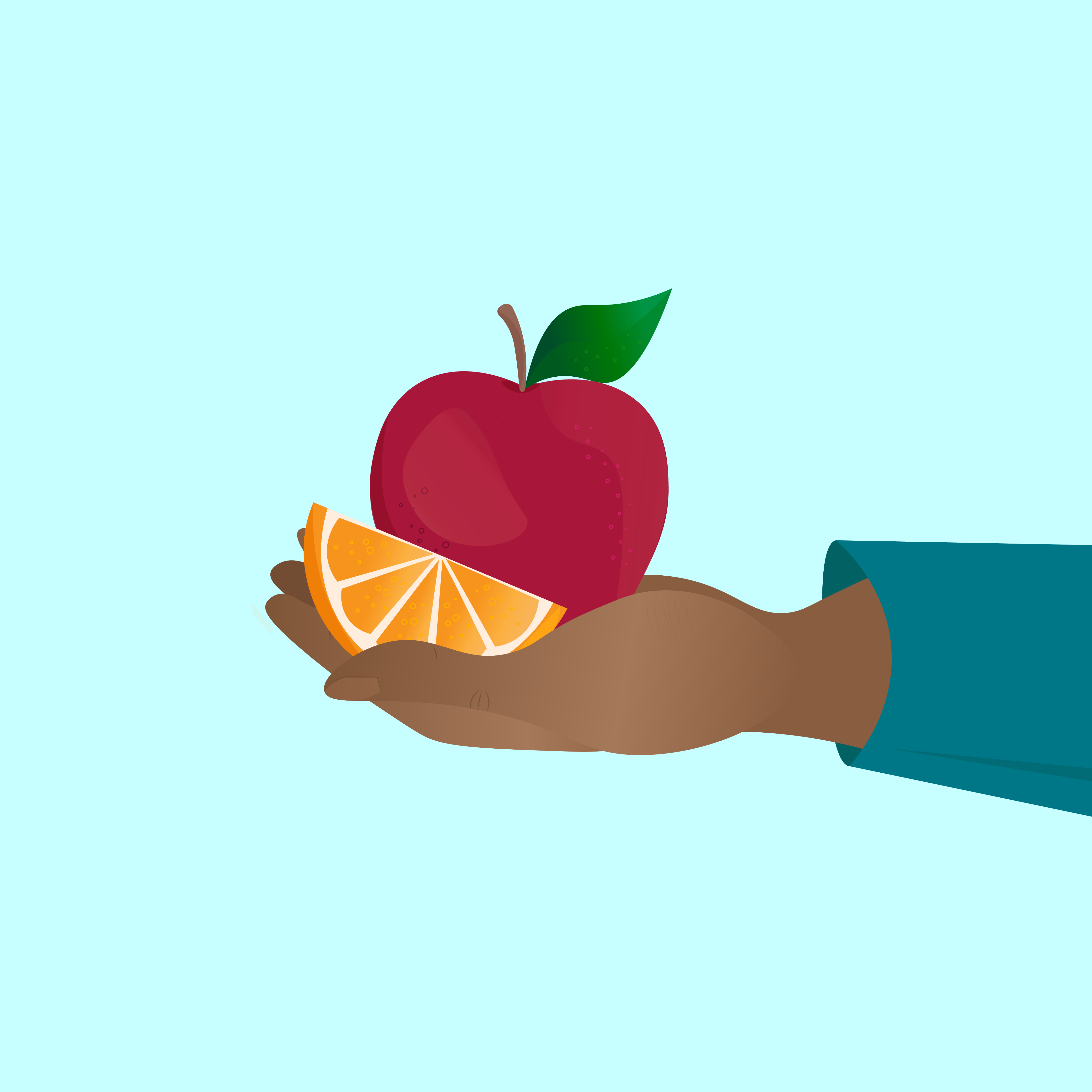Summary
Students will review literary device terms by completing fill-in-the-blank definitions and creating examples of the literary device in use.
Essential Question(s)
How does understanding literary devices help our understanding of a text? How do we use literary devices in our everyday lives?
Materials
Lesson Slides (attached)
Literary Devices Definitions handout (attached, one per student)
Pens/pencils
Anticipatory Set
2 Minute(s)
Use the attached Lesson Slides to guide instruction . Begin the lesson by displaying slide 2 to review the title.
Let your students know that during the next two days they will be learning about different literary devices, what they mean, and looking for examples of each.
Objectives & Purpose
3 Minute(s)
Transition through slides 3-4 and share the essential questions and learning objectives.
Input
20 Minute(s)
Before beginning this lesson, students should know what literary devices are.
Display slide 5 and distribute the Literary Device Definitions handout. Instruct students to complete the definitions in the second column by filling in the absent words as you review each of the terms listed on the handout.
Use slides 6-29 to review each of the terms. As you review each definition with your students, pause to check for understanding of the assignment. As you review each term, clarify the term in student-friendly language and provide additional examples. Your students do not need to complete the third column at this time.
Model
10 Minute(s)
After students complete the second column of their handout, transition to slide 30 and share the What Are You Doing and Why? strategy. Let your students know that you are going to walk them through your thinking process as you come up with examples for the different literary devices.
Briefly, review the assignment for Day 2. Discuss why including examples is helpful when learning new vocabulary. Emphasize the importance of choosing examples that are relevant and make sense to the learner. Next, model the process students will be using when creating their examples on Day 2.
Move to slide 31 and use the term "allegory" as your example. Review the definition and model your thought process with students by thinking aloud.
Does the definition make sense?
If not, look up other definitions of this term. Maybe there is a simpler explanation.
At this time, the teacher should model this process.
Have you seen this device used in a book, TV show, or movie?
If not, look up examples of the device and find examples that you recognize and understand.
At this time, the teacher should model this process.
Find examples as a class using technology, a textbook, a thesaurus, a dictionary, or other available resources and create an example as a class for "allegory’ in the third column.
Check for Understanding
5 Minute(s)
Summarize the activities from Day 1 and review a few of the literary devices from the handout.
Explain to students they will be creating examples for each literary term in the same way it was modeled for them at the end of Day 1. They will create easy, relevant examples of the literary device in use.
Before moving forward, check for understanding of the assignment.
Guided Practice
10 Minute(s)
Display slide 34, and review the thought process that was modeled at the end of Day 1 by reminding your students of the What Are You Doing and Why? strategy. This time, however, they will work with you to come up with the examples.
Move to slide 35 and use the term "alliteration." Discuss the definition and explain how this makes you think of tongue twisters in children’s tales and provide some examples:
Peter Piper picked a peck of pickled peppers.
Where’s Waldo?
Invite students to share some examples they know. Allow 3-5 students to share out and then instruct students to write down the examples from their peers or examples of their own.
Move to slide 36 and review the definition for the term "allusion," and repeat the process as a class.
Does the definition make sense?
If not, look up other definitions of this term. Maybe there is a simpler explanation
Have you seen this device used in a book, TV show, or movie?
If not, look up examples of the device and find examples that you recognize and understand.
Next, move to slide 37 and allow students to work with Elbow Partners to create an example for the term "anthropomorphism." Allow students to use available resources.
Independent Practice
20 Minute(s)
Display slide 38, remind your students of the What Are You Doing and Why? strategy. This time they will work independently to complete the handout. If unable to complete it in class, allow students the option to complete it as homework.
When your students have completed their handout, and if there is time, use slides 39-58 and allow students to share the examples they came up with. If they were unable to come up with examples, have them write down what is on the slide.
Resources
K20 Center. (n.d.). Elbow Partners. Strategies. https://learn.k20center.ou.edu/strategy/116
K20 Center. (n.d.). What Are You Doing and Why?. Strategies. https://learn.k20center.ou.edu/strategy/1872


